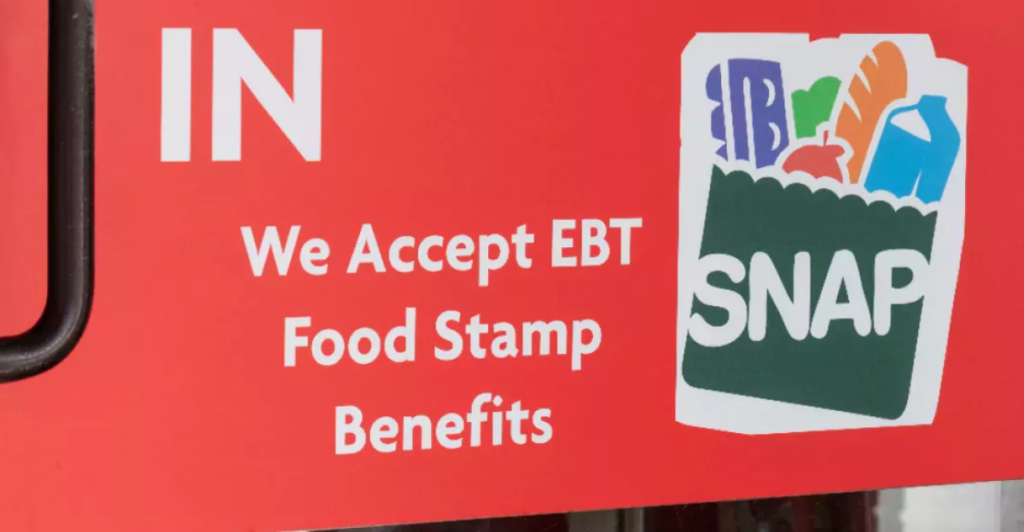
Grocery bills are steadily rising, but inflation and supply issues might not be the only reasons for this. Many Americans are struggling to pay for groceries amidst economic changes, but there are signs that many people miss that, if noticed, can predict an impending spike in grocery expenses.
For those who recognize these signs, people can better prepare themselves or adjust their shopping strategies.
From unusual signs like a change in shopping habits to market dynamics, this list will dive into subtle indicators that shouldn’t be overlooked, otherwise your grocery bill could blow up.
Paying “Healthy” Premiums
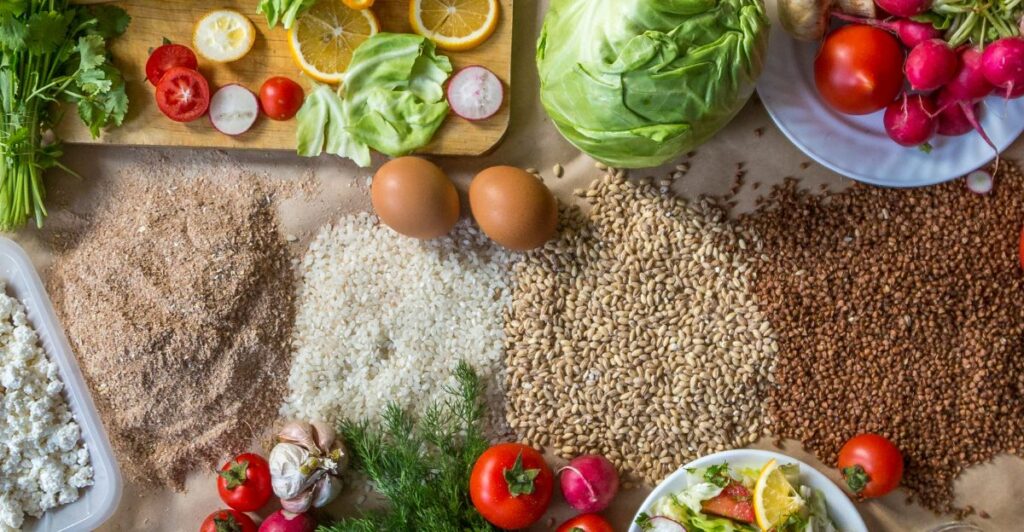
While many people believe that purchasing healthy and organic foods to save them money, this isn’t always the case. Many manufacturers push mass processed and unhealthier food with discounts and coupons.
Many organic food brands can also charge a premium depending on the brand and the store.
If you start relying on specialty or organic foods, your grocery bill at the end of the month might unexpectedly go out, especially if you don’t shop around for your organic food. Marketing gimmicks usually hide the premium costs you pay rather than saving you money.
Sticking To One Store
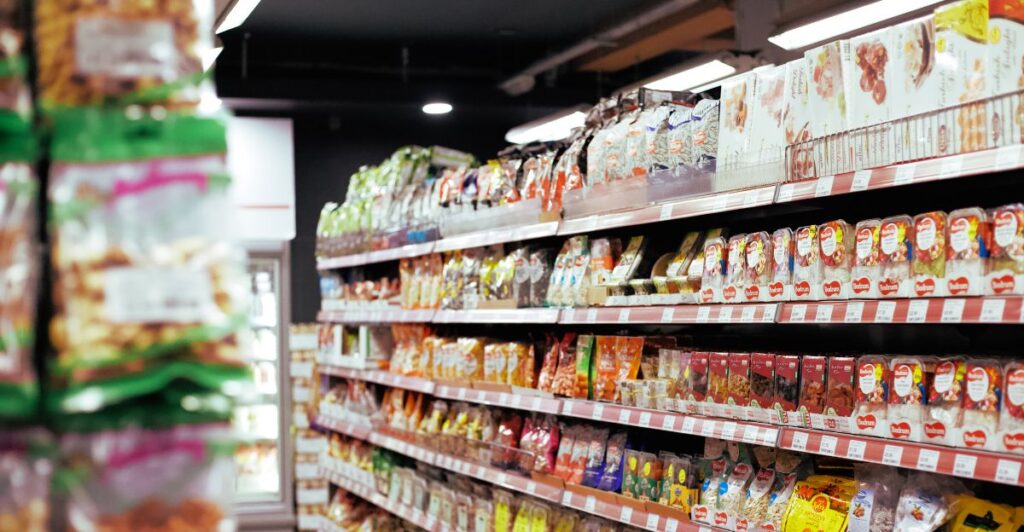
While it may be nice and convenient to shop at only one store, it can have surprising and costly side effects. Sticking to one supermarket often means paying some kind of premium on select items, even if you are saving money on others.
This may not seem like a big deal in the short term, but it can cost you hundreds of dollars over the course of a year.
Money-conscious shoppers should spend the extra time going to a few grocery stores that sell individual items that are cheaper than others. This savvy method will start saving you money immediately.
Slotting Fees
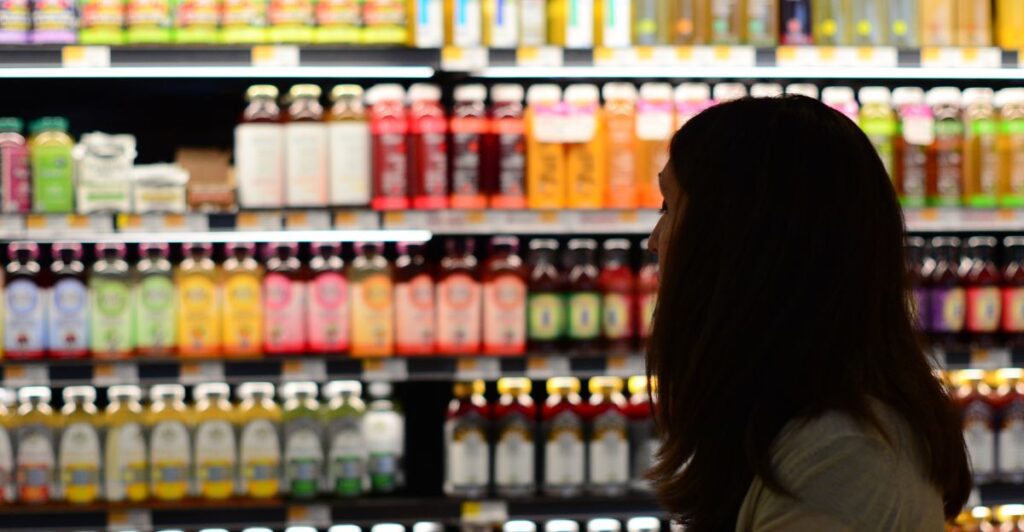
Suppliers are generally charged a hefty cost for showcasing their products on shelves that are in prime locations like checkout aisles. These extra costs are often put onto the consumer as the item is increased in price.
For people who are stuck in their ways and only buy one brand, watch out for slotting fees and understand the additional cost that isn’t for quality.
Cheaper brands may be just as good, so try not to be stuck in your ways and look at other alternatives to what you normally get. Your wallet will thank you, and you’ll be just as happy.
Buying Bulk With No Plan
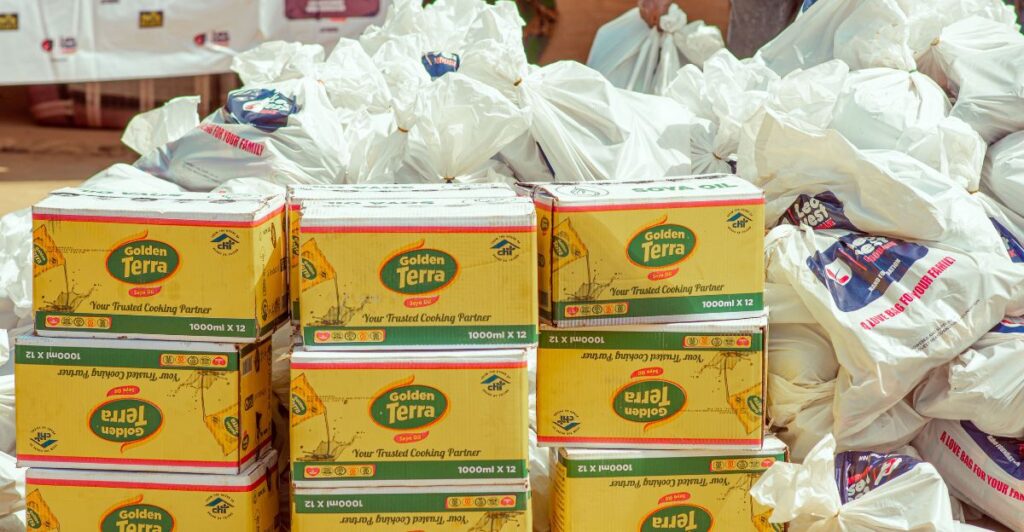
It is a common saving method to buy in bulk with promises of savings from retailers. However, buying in large quantities isn’t always the best move, as not having a plan can backfire, only adding to your expenses.
Many people buy in bulk without checking expiry dates. Perishable goods often don’t last that long, and if they can’t be used before they spoil, it’s a waste of money.
Bulk shopping also spikes upfront costs and can inflate grocery bills. Buying bulk in uncertain times seems like a good idea, but can often result in overspending.
The 6-To-1 Method
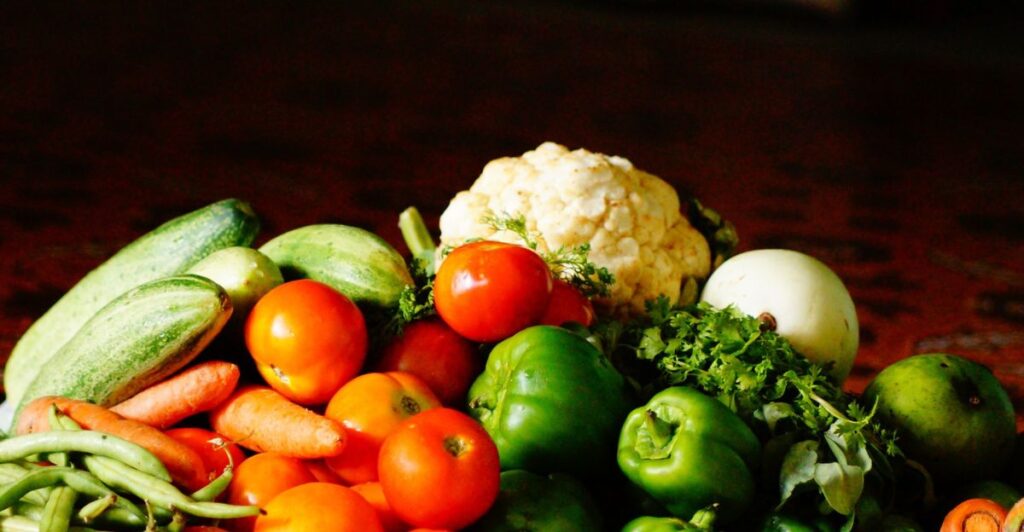
The popular 6-to-1 method is only becoming more popular, as it aims to simplify shopping and reduce costs. It involves buying six vegetables, five fruits, four protein sources, three starches, two sauces or spreads, and one item just for fun.
Unfortunately, without strict management and meal planning, this method can easily turn into overbuying expensive and specialty items that aren’t used efficiently.
Those who aren’t disciplined can see their grocery bill skyrocket rather than go down. Stick to whatever method works best for you and doesn’t make you overspend at the end of the day.
Reliance On Coupons
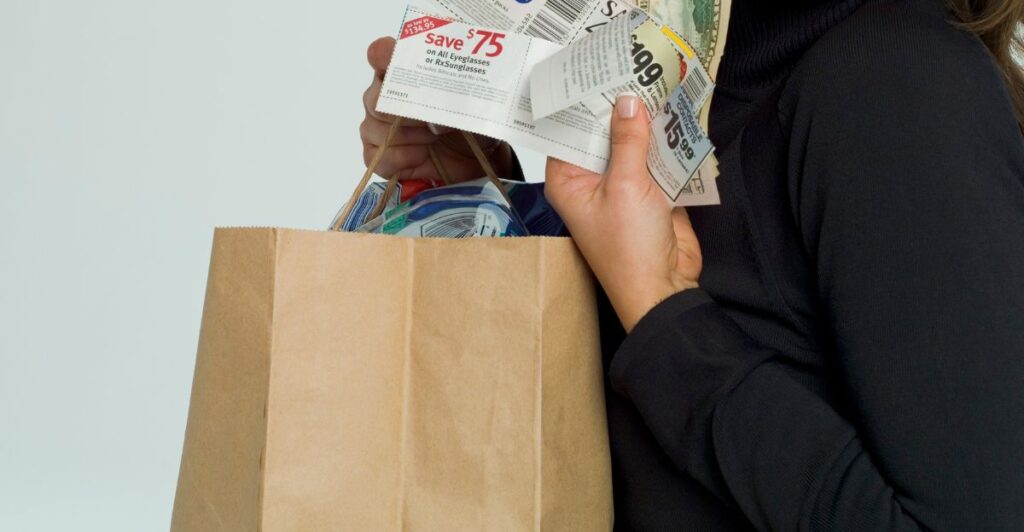
While coupons are often seen as free savings without any downsides, there can be huge consequences. Items that are normally eligible for coupons are usually less healthy and over-marketed foods that encourage more consumption rather than money saving.
Coupons can trick customers into thinking they are spending less but can lead to inflating your grocery bill with items that you wouldn’t have purchased in the first place or not even genuinely discounted in the first place.
This means that coupons shouldn’t blindly be used, and shoppers should do their research before buying allegedly discounted goods.
Ignoring Alternatives
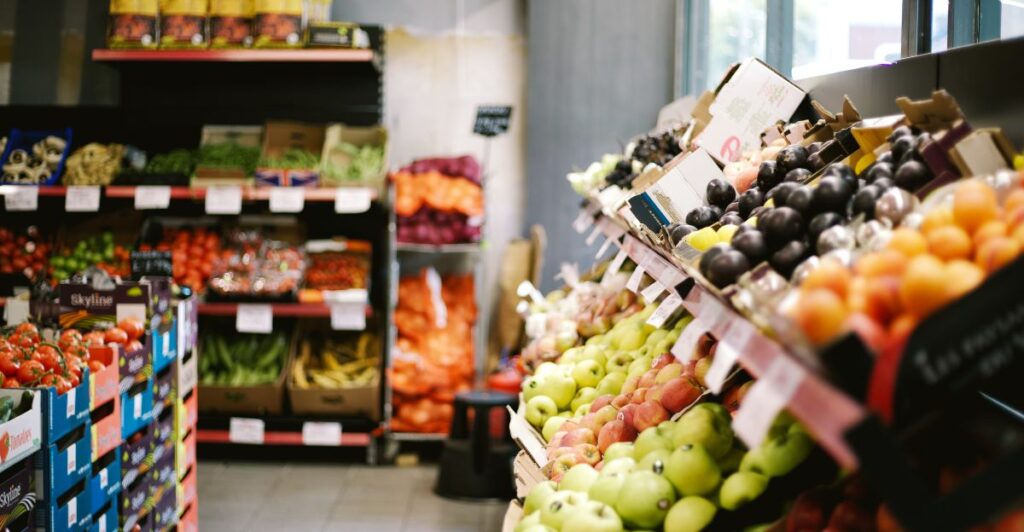
While supermarkets are highly convenient to shoppers in the modern age, there are plenty of alternatives that many people could use if they could be more flexible. Public or farmer’s markets often sell produce and meats for less than a big grocery store would.
These alternatives shouldn’t be ignored and it factors into the “one store” idealogy. Alternatives can also often offer better quality and healthier items.
Try exploring local markets that are nearby and you might find that your grocery bill at the end of the month is sitting quite pretty, especially in times where big brands are increasing prices.
Panic Spending
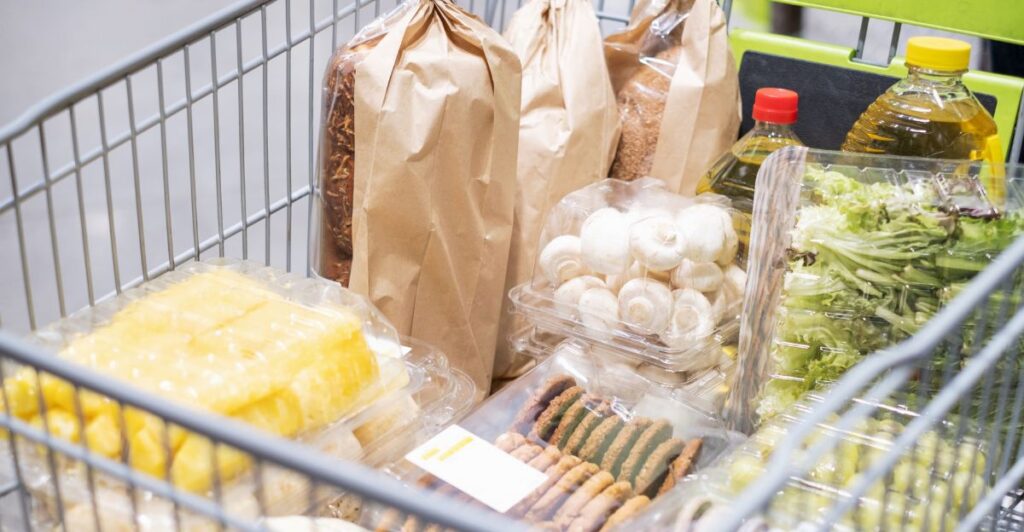
Economic uncertainty can be a scary prospect, and leads many people to make hasty and uninformed decisions. A great example of the pandemic and the panic buying that ensued.
This is an understandable reaction to an uncertain economic future, but it will cause your grocery bill to spike, and may backfire when prices don’t go up.
Purchasing more than needed can also lead to food waste on perishable items. Inflation itself can be influenced by enough people panic buying, artificially driving up the demand for products and causing their prices to increase.
Buying Convenient Items
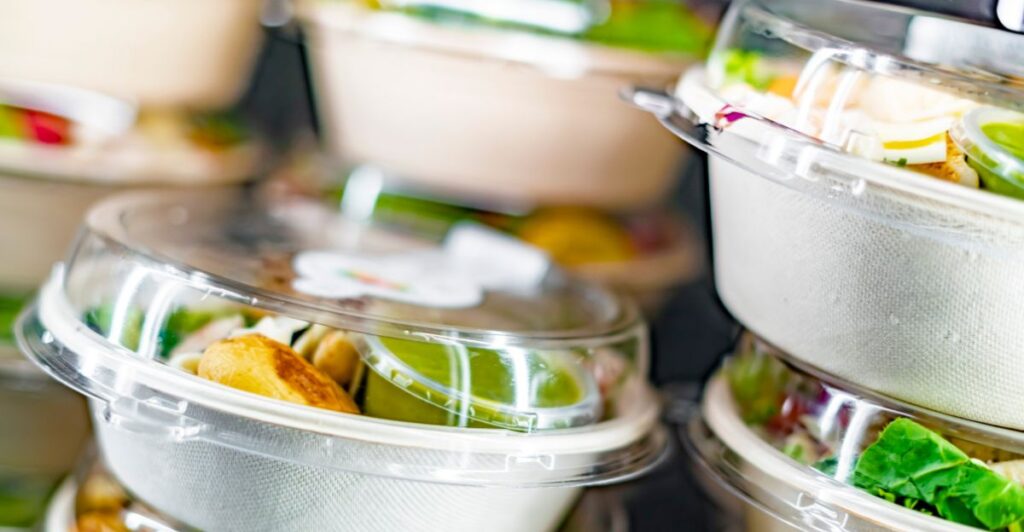
We’ve already touched on the implications of only going to one nearby store and sticking to it out of convenience, but that’s not the only part of the “convenience culture” that’s rising.
More items in grocery stores are being pushed for convenience, such as pre-cut vegetables, ready-to-eat meals, and meal kits. These items are all unnecessary and will drive up your grocery bill if you become reliant on them.
These products will save you time and effort, but they come with high markups that aren’t justifiable. This trend is only getting more popular as people adopt busy lifestyles and urban living, where cooking from scratch is less common.
Discover more trending stories and Follow us to keep inspiration flowing to your feed!

Craving more home and lifestyle inspiration? Hit Follow to keep the creativity flowing, and let us know your thoughts in the comments below!
